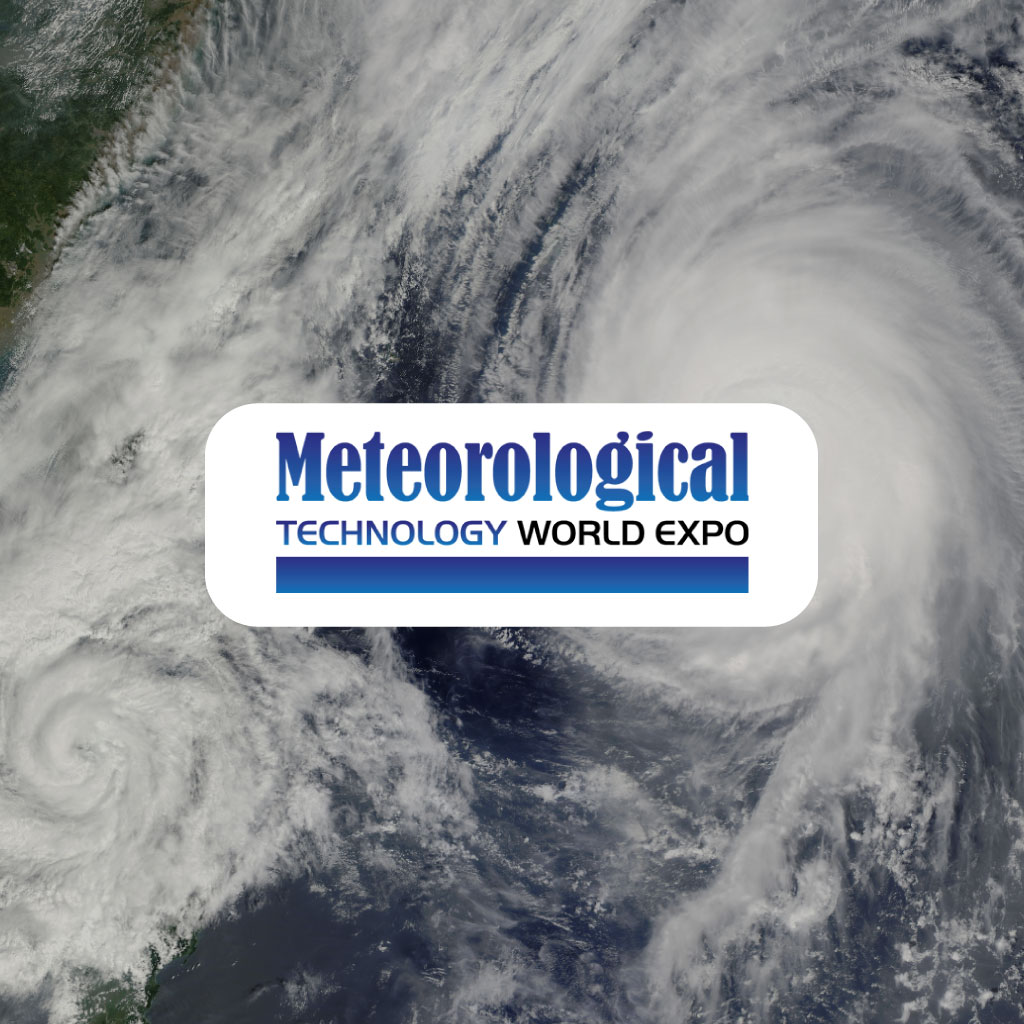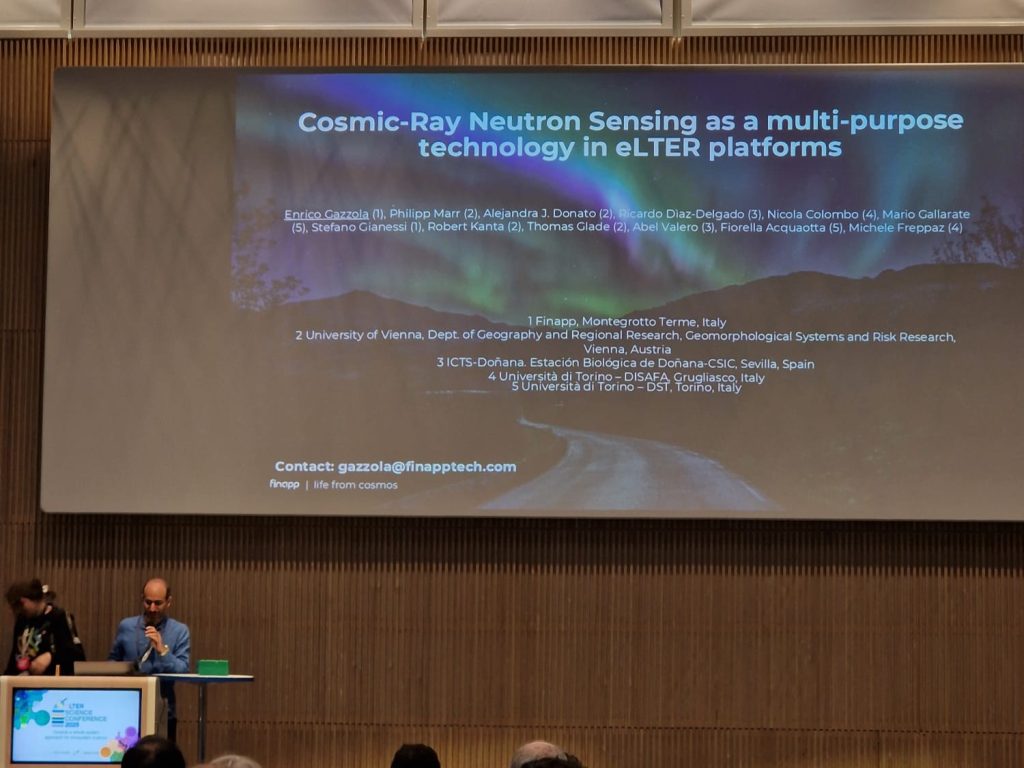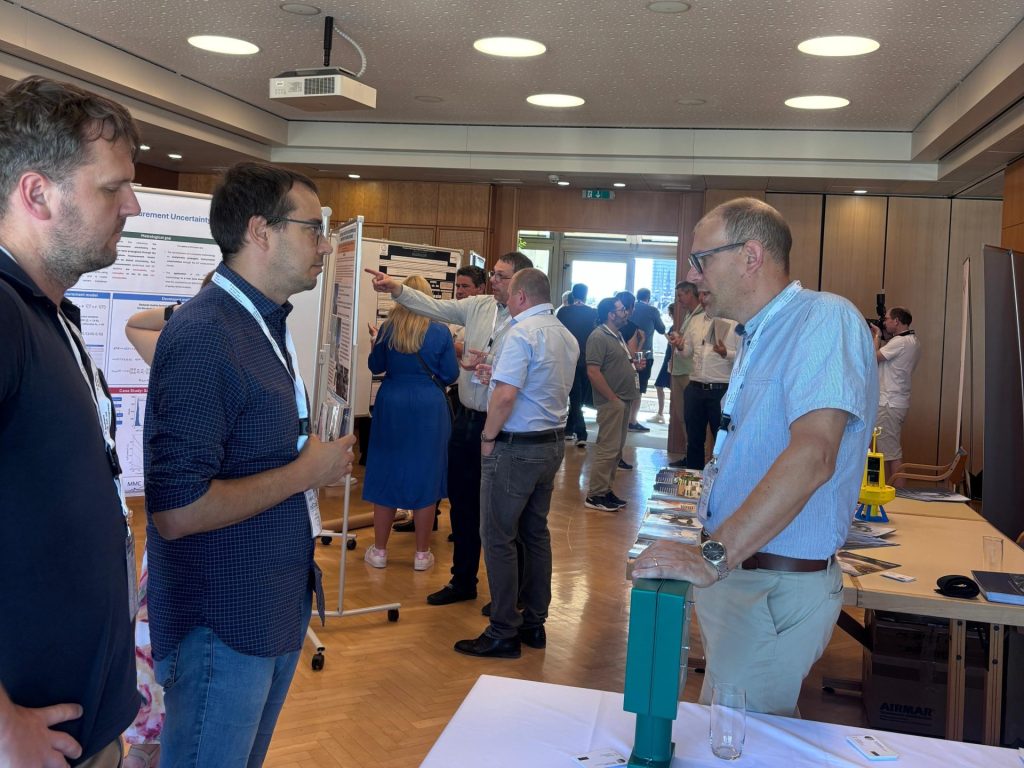-
Reached 7 continents
-
Installed 750 probes in over 25 countries around the world
-
1.7 billion liters of water conserved
-
1,300 tons of CO2 emissions avoided
We use Cosmic Rays to measure water
Finapp has designed and patented the next generation of CRNS probes that use cosmic rays to measure water into the soil and snow non-invasively, on a large-scale, in depth and real time. This is the Finapp revolution: particle physics at the service of environmental and social sustainability.


Our Impact

The probe
The Finapp probe measures and provides a unique knowledge about water content in soil and snow using neutrons generated by cosmic rays.
What is CRNS?
Cosmic rays come from space and in contact with the Earth’s atmosphere generate a cascade of particles, including fast neutrons. The latter have the peculiarity of interacting mainly with water molecules. When they come into contact with water in the ground or snow, part of the fast neutrons is absorbed and part is reflected back into the air, losing part of the initial energy: thus slow neutrons are born. A large difference between the number of fast and slow neutrons implies a large amount of water and vice versa. Since fast neutrons have enough energy to penetrate inside the ground for many cm (meters in snow), the given figure is representative in depth. Since slow neutrons are distributed over large distances, it is possible to monitor the water content over vast areas, about 5 hectares at sea level.

Applications
Starting from a unique knowledge of water content, we offer specific solutions for precision agriculture, for the management of water resources also for hydropower production, with pre-localization of water losses in municipal networks, for the monitoring of hydrogeological risk and fires, and for scientific research.












